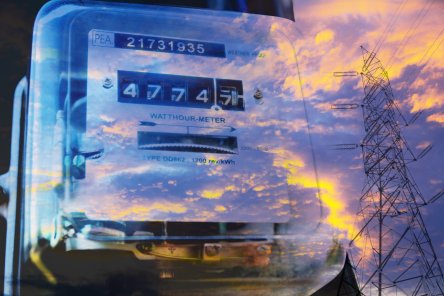Dallas-based multifamily community manager Pinnacle sought to reduce utility late fees and increase vacant utility cost recoveries at 170,000 residential units that it manages. “We needed to automate the entire process—payables, receivables, consumption data analysis and reporting that drilled down to a granular level of detail,” said Nicole Ellery, the company’s ancillary performance manager. Doing all this required replacing its cumbersome manual utility consumption tracking and billing with the Yardi Energy Suite. One element of the suite, Yardi Utility Expense Management, receives, validates and completes payments for Pinnacle’s utility bills. Another part, Yardi Utility Billing, monitors and bills residents for their utility consumption, which helps the company recover vacant unit costs, monitor usage, forecast utility revenue and cut waste with consumption alerts. How has the Yardi Energy Suite worked out for Pinnacle? The bottom line, Ellery said on a utility expense management panel at the most recent Yardi Advanced Solutions Conference (YASC), is “lower late fees across the board.” That happened because the comprehensive solution for utility billing, energy management and submeter data administration helps the company “track how properties are performing with line-by-line data down to the individual meter level as opposed to only invoice data.” “When we onboard a new property, we can see red flags such as high consumption on a meter and follow up with an investigation,” Ellery said. “Our property managers and accountants can drill down to each general ledger account and invoice if anything looks off and see what’s going on. We can see gradual increases in consumption and process invoices as soon as they come in.” She added, “We have saved thousands of dollars every year by nearly eliminating late fees. The suite vastly simplified our vacant unit recovery process, so it maximizes income too. We’d be...
World Water Day
Multifamily Opportunities
World Water Day is March 22! This international holiday encourages individuals, businesses, and governments to explore ways to reduce water waste. For your property, water conservation comes with additional benefits. Boost resident loyalty and reduce turnover with these World Water Day tips. Get Acknowledged for Your Efforts You may already have measures in place to cut water usage at your property. If your residents don’t know about them, they can’t appreciate your efforts. Use RentCafe’s easy text or email messaging tools to communicate with residents about the steps in place to reduce water usage around the property. Perhaps you use well water for lawn maintenance and have the irrigation system on a timer with rain delays. Let your residents know! Little details go a long way towards building loyalty. Let Common Spaces Advertise for You There were plenty of ways to conserve water and market your water consciousness to residents and prospects. Promptly fix water leaks, particularly those in public spaces such as pools, community restrooms and property irrigation systems. Residents can see the needless water waste—they will also note your responsiveness to stop it. Use EnergyStar® and WaterSense®-rated appliances in public spaces such as community kitchens, laundry rooms and the leasing office waiting room. Savvy residents—and prospects—will recognize these cost-saving logos and associate your property with efficiency and global consciousness. Automate Savings for Residents Most residents want to save money on their utility bills. You can build loyalty when you show how your property reduces their utility costs each month. Submetering, for example, cuts costs by 10-26 percent. Residents also like to know that they are paying only for the water and energy that they consume. Use Yardi Utility Billing to gather and related submetering savings to your residents. Go for Major Impact...
Return on Energy
Upgrades for Efficiency
Want to cut costs on energy? The National Apartment Association (NAA) Education Conference session entitled Return On Energy: Sustainable Case Studies for Catching Up offered several helpful tips for keeping costs low and residents happy. The session featured Martin Levkus, Regional Director, Yardi Energy; Tom Turnbull, Senior Engineer, JDM Associates; and moderator, Erin Hatcher, LEED Sustainability Manager & Development Associate with AMLI. Hatcher kicked off the session with a question to the audience: “in-house or out-of-house?” Some multifamily owners and operators, like AMLI, have the infrastructure in-house to do their own sustainability and energy efficiency projects. Others, need to outsource to experts if they don’t have the personnel or expertise to do it all themselves. Although both methods have pros and cons, there are some key tips that either method can use to help your properties operate optimally. Data + Analysis = Cost Savings You can’t improve what you can’t measure. Yardi has helped numerous businesses decrease utility expenses with the help of software and Levkus’ advice: “It all starts with a utility bill.” Before you can take down the low hanging fruit, you need to use data to identify it. Levkus referred to a case study including 14,600 units across 260 properties. The organization spent $50,000 – $100,00 in late fees each year. With better bill processing integrated into one software solution, they reduced late fees for roughly $75,000 in annual savings. Beyond paying the utility bills on time, you also want to make sure the bills have accurate charges. A separate Yardi study revealed that for a residential property management business spending $32 million per year on utilities across 63,000 invoices, there were significant billing errors by the utility company equallying $388,000 across two years – 0.55 percent of spend. Yardi’s goal...



